Exclusive - Cisco WAAS 4.1 with Windows Server review
Cisco’s latest version of WAAS offers a streamlined deployment, a wealth of new features and unique Windows Server virtualisation capabilities.
This latest version of Wide Area Application Services (WAAS) delivers a range of new features with improved installation as a key priority and we had no problems deploying it the lab using the default policies and systems settings. The new Windows Server virtualisation feature sets it apart from the competition as does the video streaming functions making for a highly versatile WAN optimisation solution.

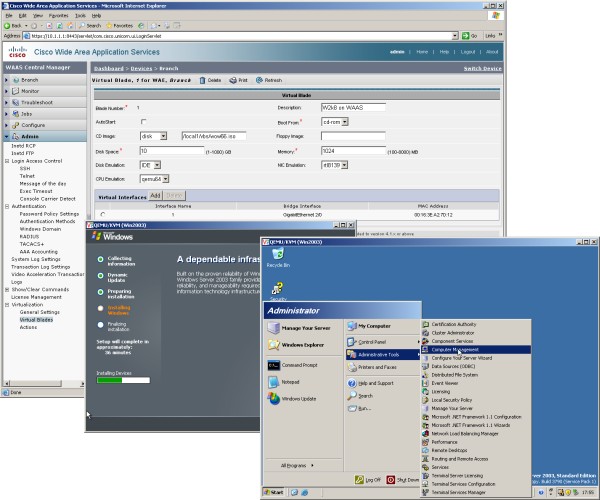
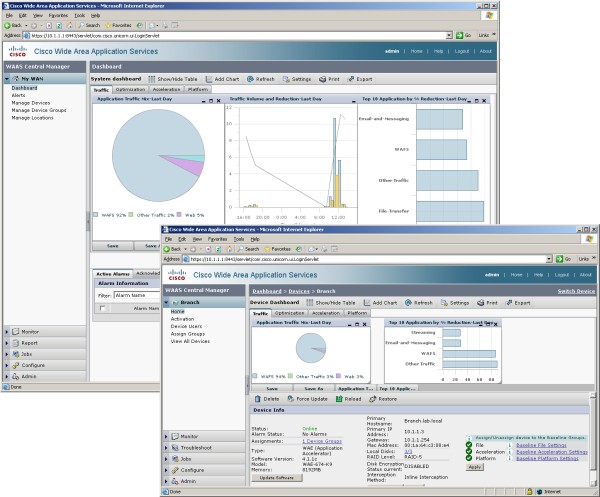
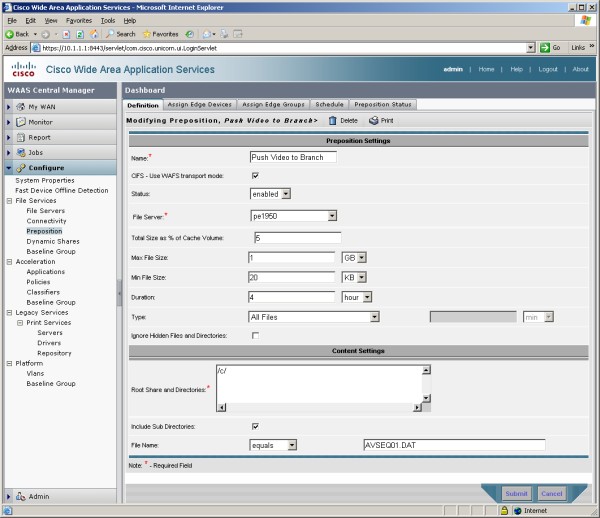
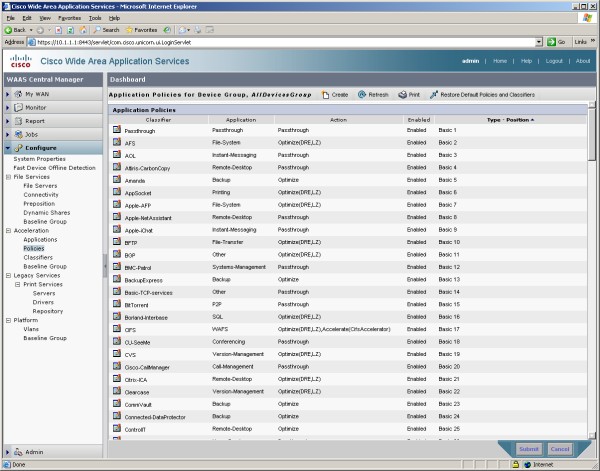
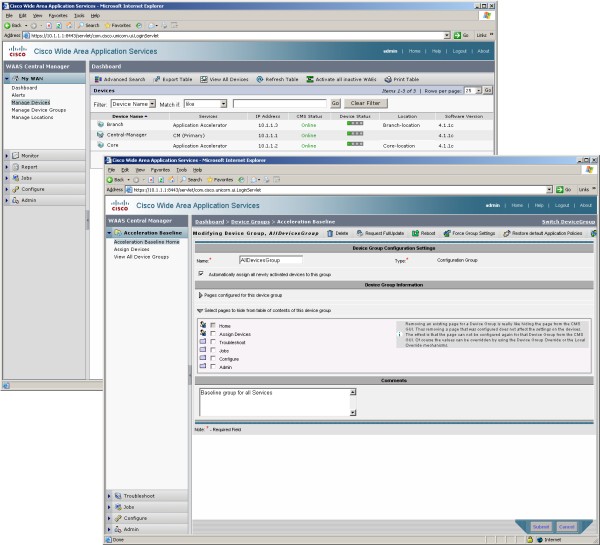
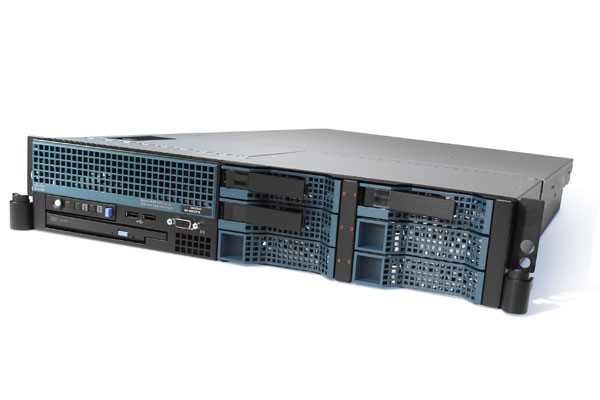
WAE 674
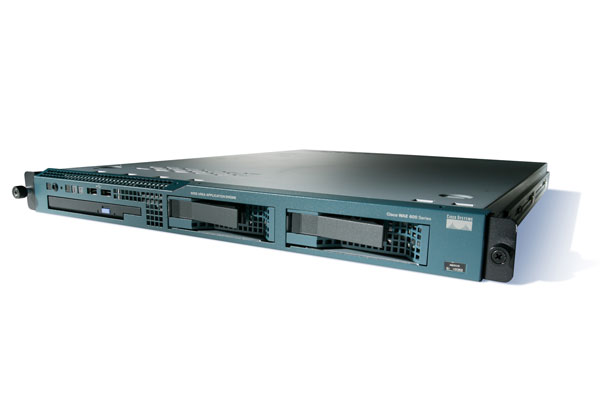
WAE 612
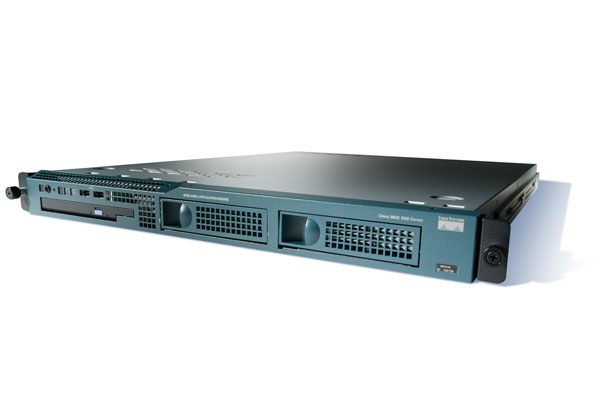
WAE-512
here's a lot to play for in the WAN optimisation market as businesses look for ways of reducing costs and yet improving services to their remote and branch offices. In this exclusive review we take a closer look at Cisco's latest WAAS (Wide Area Application Services) 4.1, which delivers a range of new and welcome features which includes its Windows Server on WAAS (WoW) program.
In a joint venture with Microsoft, Cisco has now added virtual blade (VB) capabilities to its WAE (Wide Area Engine) appliances and can supply them with Windows Server 2008 Core preinstalled. The key focus of WoW is to allow businesses to deploy local Windows services to their branches so they can get rid of their physical servers and reduce support and maintenance costs. Cisco has focused on deploying key services to the branch - namely DNS, DHCP, Active Directory and print services, and in this configuration it provides full OS support.
Other new features include a streamlined deployment plus application specific acceleration for MAPI, NFS, Windows print services and HTTP apps including SharePoint and Oracle. It's about time SSL acceleration was on the list and we were advised that this is currently in beta and will be available early next year.
There's more as Cisco tackles delivery of live video and video on demand (VoD) to branches. This optional feature sends one live video stream over the WAN link to the remote site where the WAE splits it amongst all clients. For VoD applications, WAAS offers a prepositioning feature where video files can be preloaded into a CIFS file cache in the edge appliance allowing it to be served up locally.
For testing we used three systems a WAE-512 functioning as the Central Manager (CM), a WAE-612 acting as our core appliance and a WAE-674 as our edge appliance. The price we've listed includes all these appliances along with licenses for two VBs both with WS2008 Core preinstalled for unlimited users and the Live Video feature as well. We placed all three appliances on a dedicated management network and for WAN optimisation we used two separate networks of Windows servers and clients and configured the core and edge WAEs to run in the standard transparent mode between them using their inline network cards.
Deployment is an area Cisco has been working on and we had no problems with installation. The CM system provides centralised management for all WAE appliances and uses device groups to simplify policy deployment. All new appliances can be set to automatically join a baseline group, which provides a common set of optimisation and system parameters. You provide the WAE appliances with the IP address of the CM and once they communicate with it they download the default group policy.
From here on you can create different groups each with their own policies and decide which devices should be members. At the heart of WAAS is its policy definitions that determine how different types of traffic are handled and Cisco provides over 150 as standard. These are added to your policies and are carried out from the top down in strict priority.
Get the ITPro daily newsletter
Sign up today and you will receive a free copy of our Future Focus 2025 report - the leading guidance on AI, cybersecurity and other IT challenges as per 700+ senior executives
Dave is an IT consultant and freelance journalist specialising in hands-on reviews of computer networking products covering all market sectors from small businesses to enterprises. Founder of Binary Testing Ltd – the UK’s premier independent network testing laboratory - Dave has over 45 years of experience in the IT industry.
Dave has produced many thousands of in-depth business networking product reviews from his lab which have been reproduced globally. Writing for ITPro and its sister title, PC Pro, he covers all areas of business IT infrastructure, including servers, storage, network security, data protection, cloud, infrastructure and services.
-
 ‘Phishing kits are a force multiplier': Cheap cyber crime kits can be bought on the dark web for less than $25 – and experts warn it’s lowering the barrier of entry for amateur hackers
‘Phishing kits are a force multiplier': Cheap cyber crime kits can be bought on the dark web for less than $25 – and experts warn it’s lowering the barrier of entry for amateur hackersNews Research from NordVPN shows phishing kits are now widely available on the dark web and via messaging apps like Telegram, and are often selling for less than $25.
By Emma Woollacott Published
-
 Redis unveils new tools for developers working on AI applications
Redis unveils new tools for developers working on AI applicationsNews Redis has announced new tools aimed at making it easier for AI developers to build applications and optimize large language model (LLM) outputs.
By Ross Kelly Published
-
 Google layoffs continue with "hundreds" cut from Chrome, Android, and Pixel teams
Google layoffs continue with "hundreds" cut from Chrome, Android, and Pixel teamsNews The tech giant's efficiency drive enters a third year with devices teams the latest target
By Bobby Hellard Published